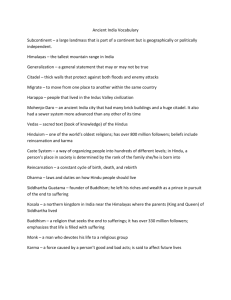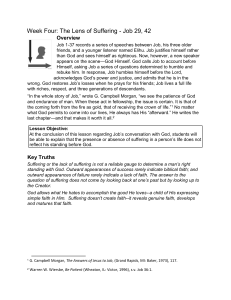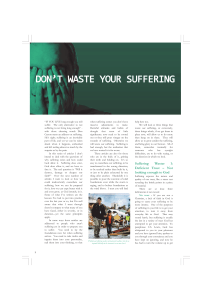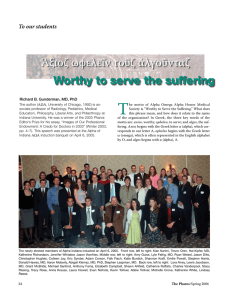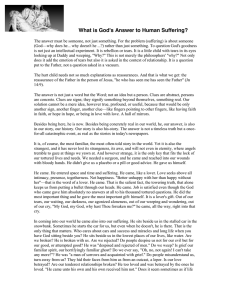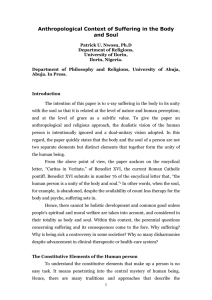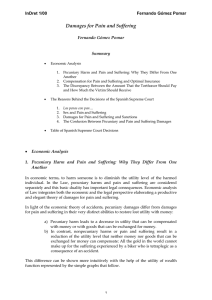RESEARCH ON ANIMALS
advertisement
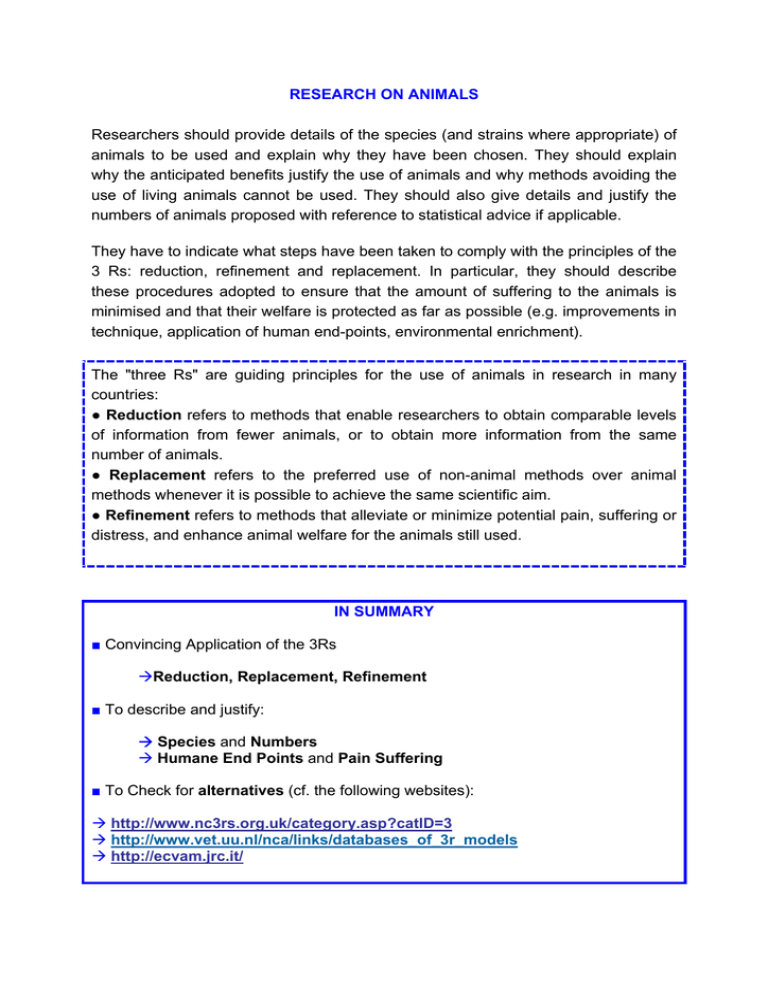
RESEARCH ON ANIMALS Researchers should provide details of the species (and strains where appropriate) of animals to be used and explain why they have been chosen. They should explain why the anticipated benefits justify the use of animals and why methods avoiding the use of living animals cannot be used. They should also give details and justify the numbers of animals proposed with reference to statistical advice if applicable. They have to indicate what steps have been taken to comply with the principles of the 3 Rs: reduction, refinement and replacement. In particular, they should describe these procedures adopted to ensure that the amount of suffering to the animals is minimised and that their welfare is protected as far as possible (e.g. improvements in technique, application of human end-points, environmental enrichment). The "three Rs" are guiding principles for the use of animals in research in many countries: ● Reduction refers to methods that enable researchers to obtain comparable levels of information from fewer animals, or to obtain more information from the same number of animals. ● Replacement refers to the preferred use of non-animal methods over animal methods whenever it is possible to achieve the same scientific aim. ● Refinement refers to methods that alleviate or minimize potential pain, suffering or distress, and enhance animal welfare for the animals still used. IN SUMMARY ■ Convincing Application of the 3Rs ÆReduction, Replacement, Refinement ■ To describe and justify: Æ Species and Numbers Æ Humane End Points and Pain Suffering ■ To Check for alternatives (cf. the following websites): Æ http://www.nc3rs.org.uk/category.asp?catID=3 Æ http://www.vet.uu.nl/nca/links/databases_of_3r_models Æ http://ecvam.jrc.it/ When applying for authorisation by the competent national/local authority, the application shall include at least the following: 1. Relevance and justification of the following: (a) use of animals including their origin, estimated numbers, species and life stages; (b) procedures. 2. Application of methods to replace, reduce and refine the use of animals in procedures. 3. The planned use of anaesthesia, analgesia and other pain relieving methods. 4. Reduction, avoidance and alleviation of any form of animal suffering, from birth to death where appropriate. 5. Use of humane end-points. 6. Experimental or observational strategy and statistical design to minimise animal numbers, pain, suffering, distress and environmental impact where appropriate. 7. Reuse of animals and the accumulative effect thereof on the animals. 8. The proposed severity classification of procedures. 9. Avoidance of unjustified duplication of procedures where appropriate. 10. Housing, husbandry and care conditions for the animals. 11. Methods of killing. 12. Competence of persons involved in the project. Copies of the relevant authorisations must be provided to the European Commission prior to the commencement of the research on animals.

